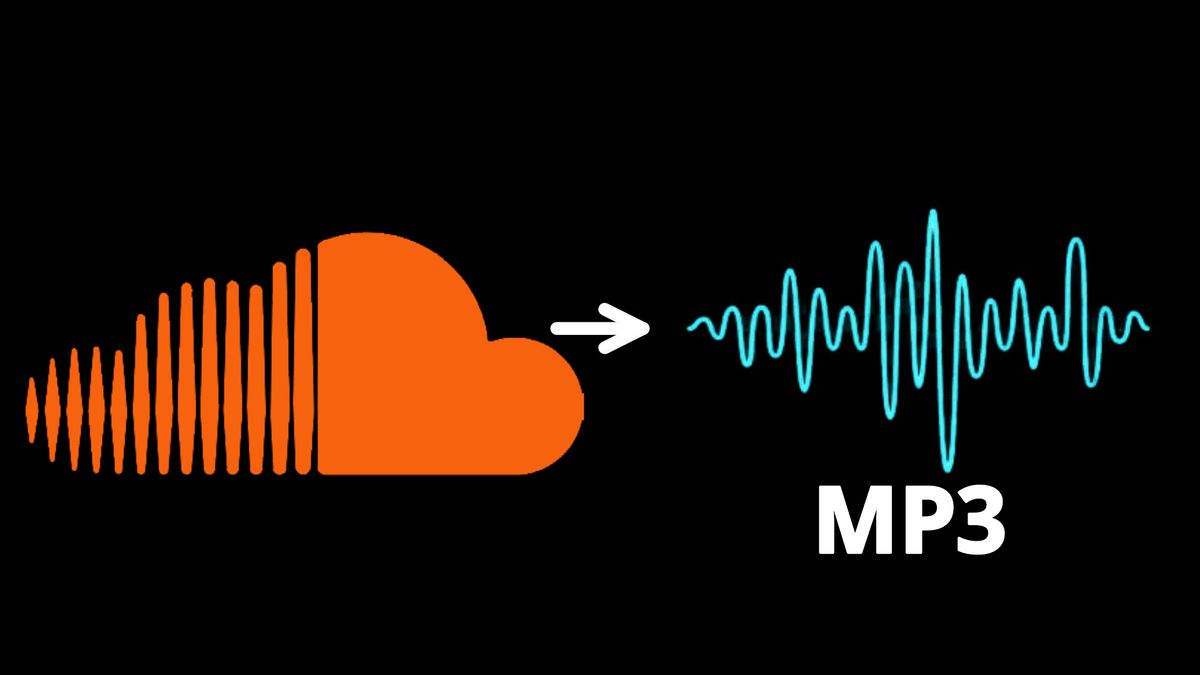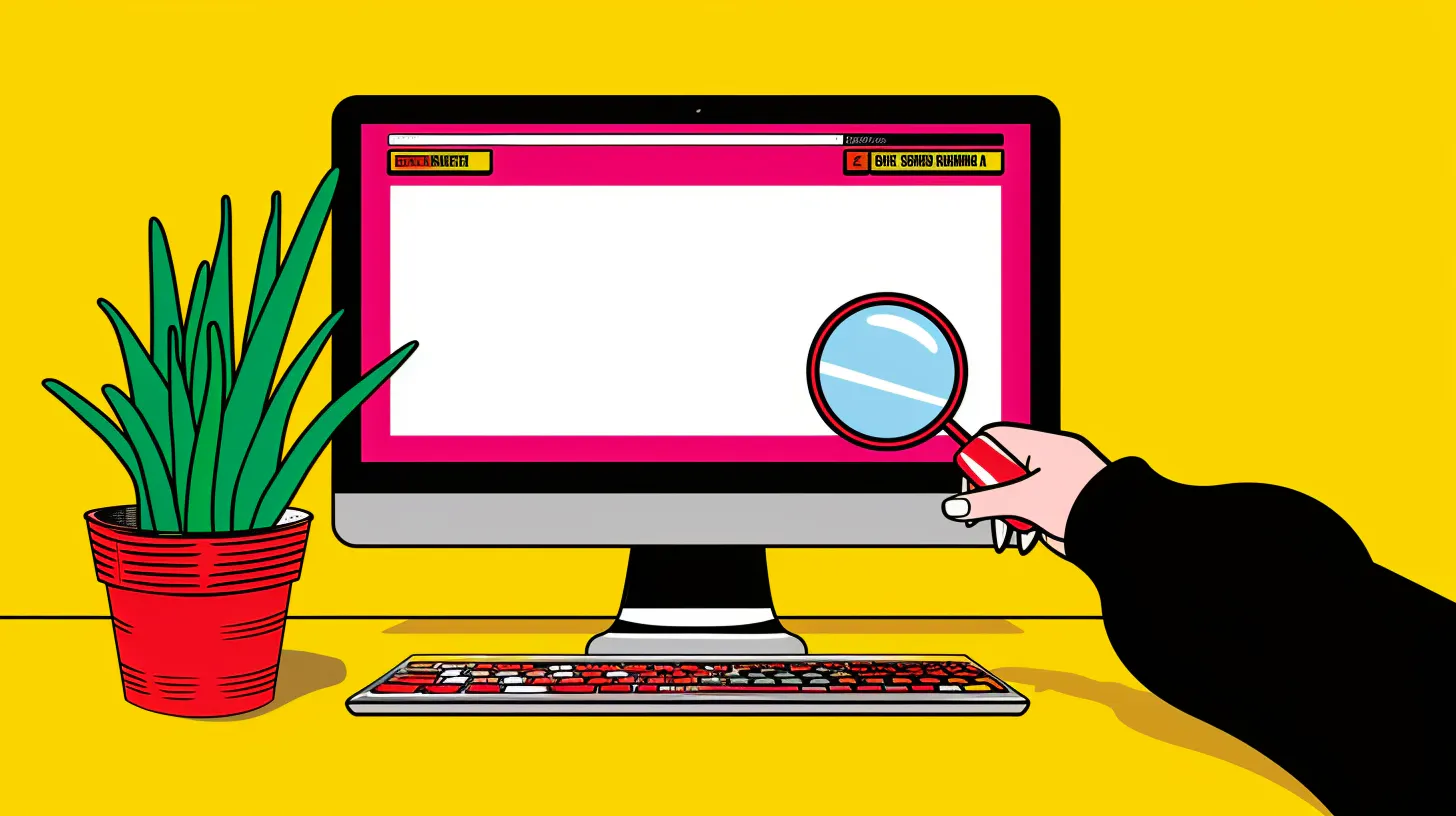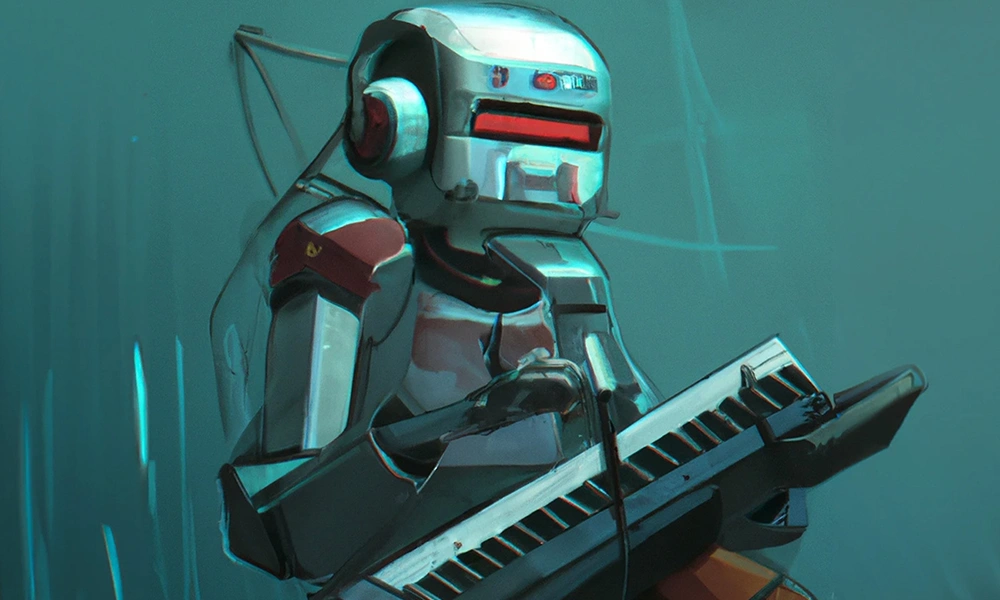
Have you ever aspired to be a professional musician despite lacking any musical talent? Thanks to artificial intelligence (AI), it is now feasible to craft impressive musical tracks with just a simple text prompt. But how to make AI music?
AI-generated music has emerged as a captivating intersection of technology and artistry, providing musicians and enthusiasts with innovative tools to compose, experiment, and discover new sonic landscapes.
In this blog, we will embark on a journey into the fascinating world of making AI music, exploring the techniques, tools, and creative processes that bring this unique form of musical expression to life.
What is AI music?
With the advent of generative AI in 2015, various manifestations of artificial intelligence have surfaced, encompassing text-to-speech, natural language processing, and AI art generators.
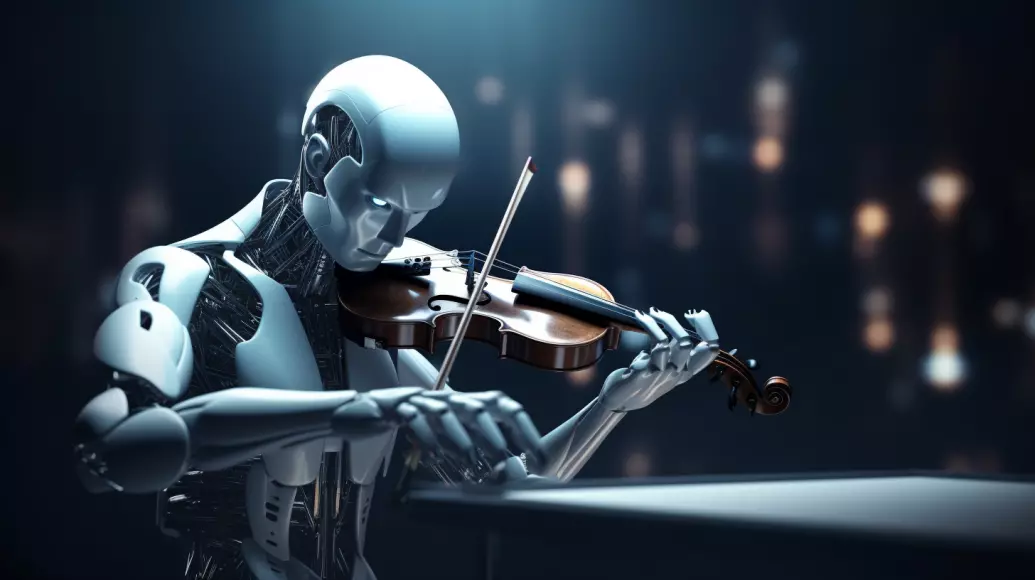
Similar to these counterparts, AI music employs text prompts to produce musical tracks spanning diverse instruments, styles, and genres.
Its capabilities extend to composing original pieces, altering existing music, and even generating vocal components.
How to Make AI Music? Step-by-Step
Here is a step-by-step on making AI music.
1. Choose Your AI Music Tool
Several AI-powered tools are available for making music, catering to various skill levels and preferences. Some notable platforms include AIVA, Google's Magenta Studio, IBM Watson Beat, and Jukedeck.
Each tool comes with its unique features and capabilities, allowing users to experiment with different AI models and styles.
Selecting the right tool depends on your level of expertise, desired level of customization, and the specific musical outcome you're aiming for.
2. Input Your Preferences
Once you've chosen your AI music tool, it's time to input your musical preferences. Some tools allow you to specify the genre, mood, tempo, and even the instrumentation you want in your AI-generated composition.
This step is crucial in guiding the AI algorithm to create music that aligns with your artistic vision.
3. Experiment with AI-generated Melodies
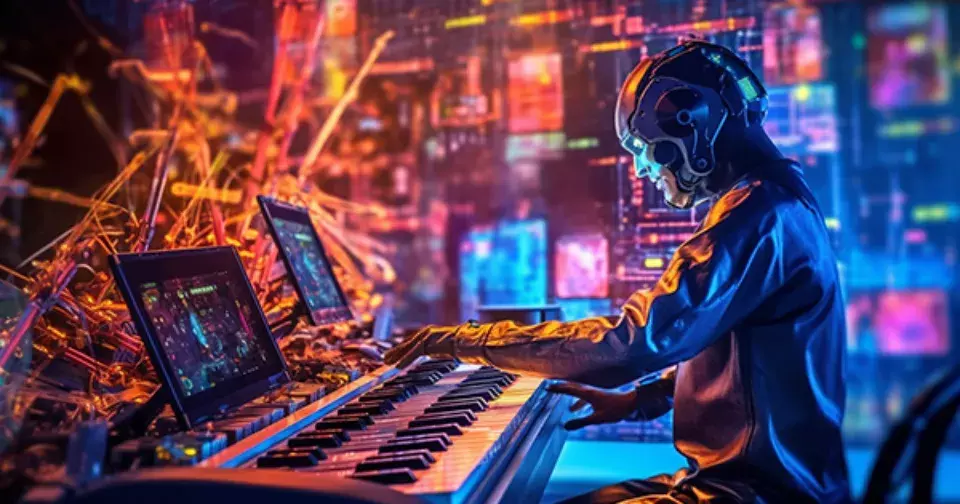
Many AI music tools focus on generating melodies, which serve as the foundation of a musical composition. Experiment with different melody options, tweaking parameters to influence the style and complexity of the generated tunes.
Some tools also allow users to intervene in the creative process, offering a balance between AI-generated content and human input.
4. Layering and Arrangement
Once you have a compelling melody, explore the possibilities of layering additional instruments and creating a full arrangement.
Some AI music tools provide features for adding harmonies, counter-melodies, and rhythm sections, allowing you to craft a multi-dimensional musical piece. Experimentation is key, as AI tools often provide real-time feedback, enabling you to refine and adjust the composition on the fly.
5. Incorporate Human Touch
While the AI takes care of the heavy lifting, don't hesitate to inject your own musical sensibilities and emotions into the composition. Play around with dynamics, expression, and timing to impart a human touch to the AI-generated music. This collaboration between technology and human creativity often results in a unique and compelling musical blend.
6. Explore AI-Driven Sound Design
Beyond melody and arrangement, AI is increasingly being employed in sound design. Tools like Google's NSynth allow users to explore novel soundscapes by interpolating between existing sounds.
This adds a layer of innovation to the creative process, enabling musicians to sculpt unique and experimental auditory experiences.
7. Iterate and Refine
Creating AI music is an iterative process. Take the time to listen, evaluate, and refine your composition. Adjust parameters, experiment with different inputs, and explore the vast possibilities that AI tools offer.
The more you engage with the technology, the better you'll understand its nuances and how to harness its potential to bring your musical ideas to fruition.
8. Collaborate with AI-Driven Instruments
In addition to composition, AI is making strides in the realm of musical instruments. Instruments like Google Magenta's NSynth Super showcase how AI can be used to create entirely new types of sounds and interfaces.
Consider incorporating these AI-driven instruments into your music-making process for a truly futuristic sonic experience.
9. Share and Collaborate
Finally, share your AI-generated compositions with the world. Social platforms, music-sharing communities, and collaborative spaces provide opportunities to showcase your creations, receive feedback, and collaborate with other musicians who are exploring the intersection of AI and music.
The fusion of diverse perspectives and creative approaches can lead to groundbreaking collaborations and the evolution of AI-generated music.
Final Words on How to Make AI Music
As we navigate the uncharted waters of AI-generated music, the possibilities for innovation and creative expression are boundless.
Making AI music is not about replacing human creativity but amplifying it with the capabilities of artificial intelligence.
By understanding the basics, choosing the right tools, experimenting with melodies, layering arrangements, and collaborating with AI-driven instruments, musicians can embark on a transformative journey that transcends traditional boundaries.
